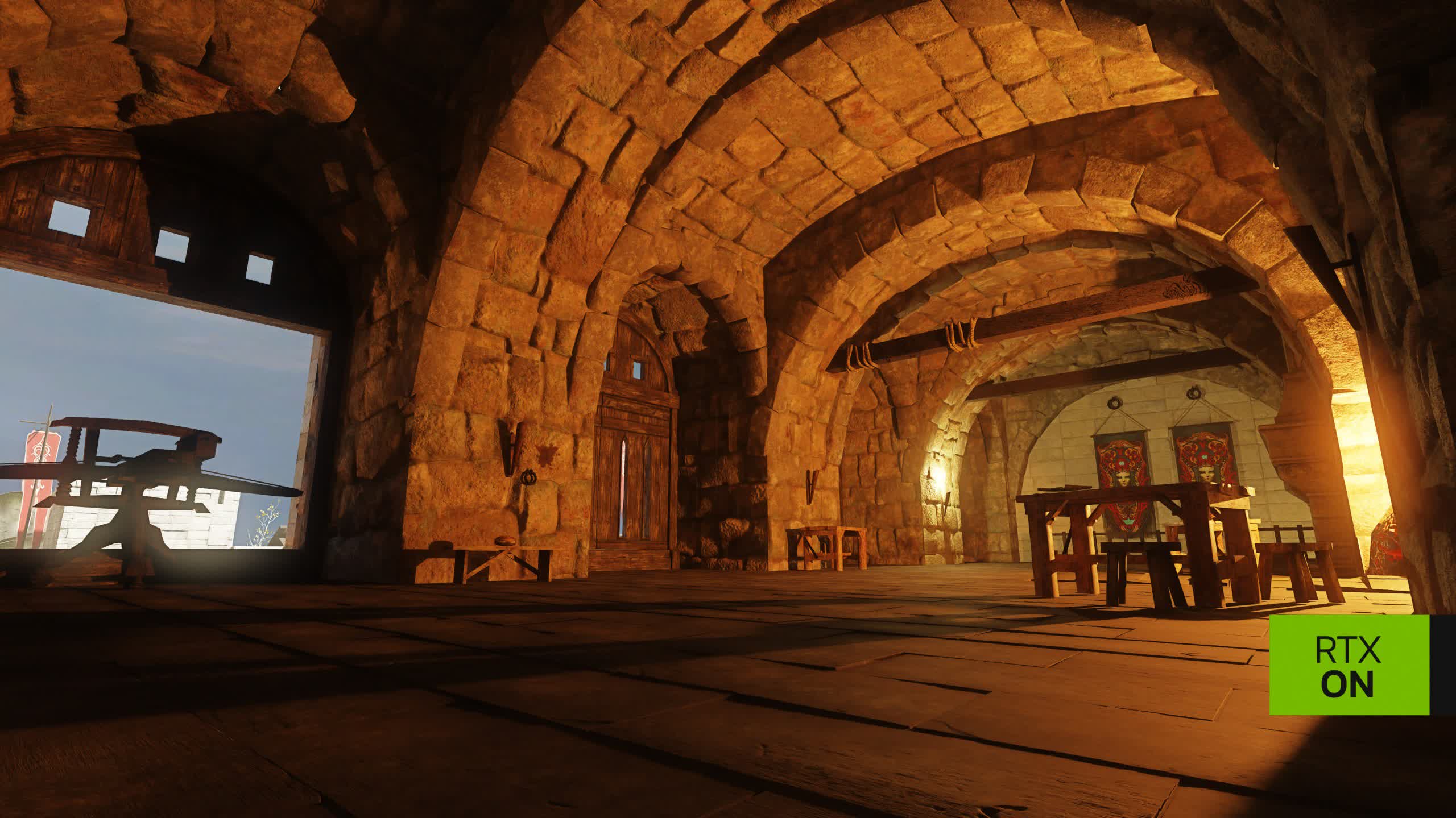
Microsoft DirectX Raytracing 1.2 update promises to boost game performance significantly
- 21.03.2025 22:13
- techspot.com
- Keywords: AI, Startup
Microsoft's DirectX Raytracing 1.2 update introduces new tools to double ray tracing and path tracing performance, featuring opacity micromaps and shader execution reordering. These advancements aim to make ray tracing more accessible while enhancing AI rendering in future games.